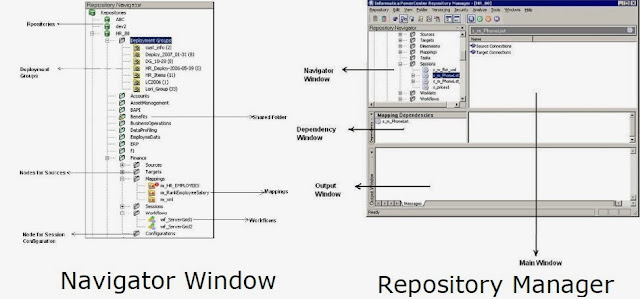In Data warehousing, irrespective of schema (snow flake schema or star schema) we are using, we should join dimension and fact tables to analyze the business. Below are the frequently used joins: Inner join Left outer Join Right outer Join Cross join Inner Join: Inner join will give you the matching rows from both the tables. If the join condition is not matching then zero records will return. We should use ON keyword to give join condition. Example: Table1: ID Name 1 Krishna 2 Anirudh 4 Ashok Table2: ID Location 1 Bangalore 3 Chennai 4 Chennai We can join above two tables using inner join based on key column ID. SELECT T1.ID, T1.Name, T2.Location FROM Table1 T1 INNER JOIN Table2 T2 ON T1.ID = T2.ID If we are using inner join, it will give us matching rows from both the table. Here in this example, we have 2 matching rows i.e. ID 1 and 4. Below will be the result set for the above exa...




Really nice blog post.provided a helpful information.I hope that you will post more updates like this Informatica Online Course Bangalore
ReplyDelete